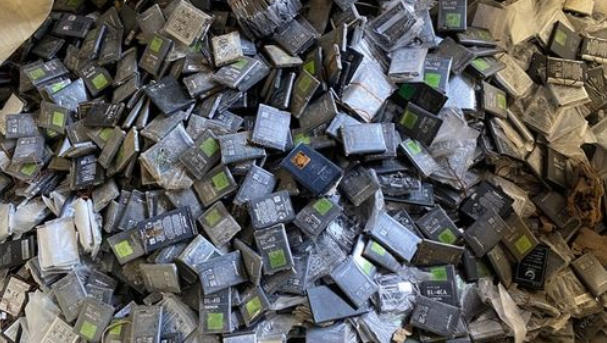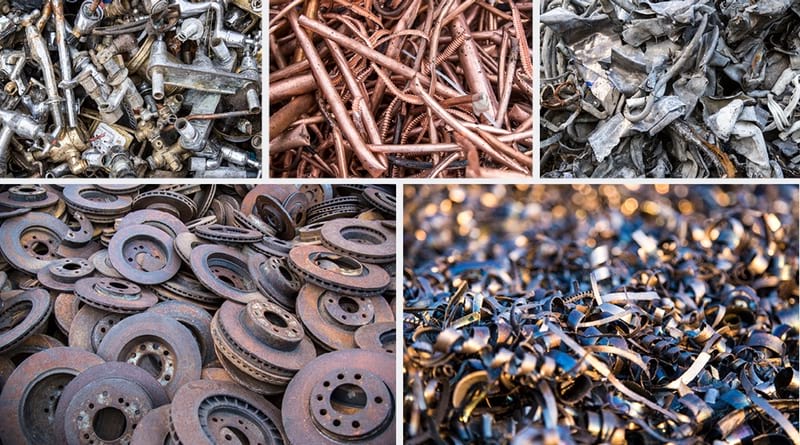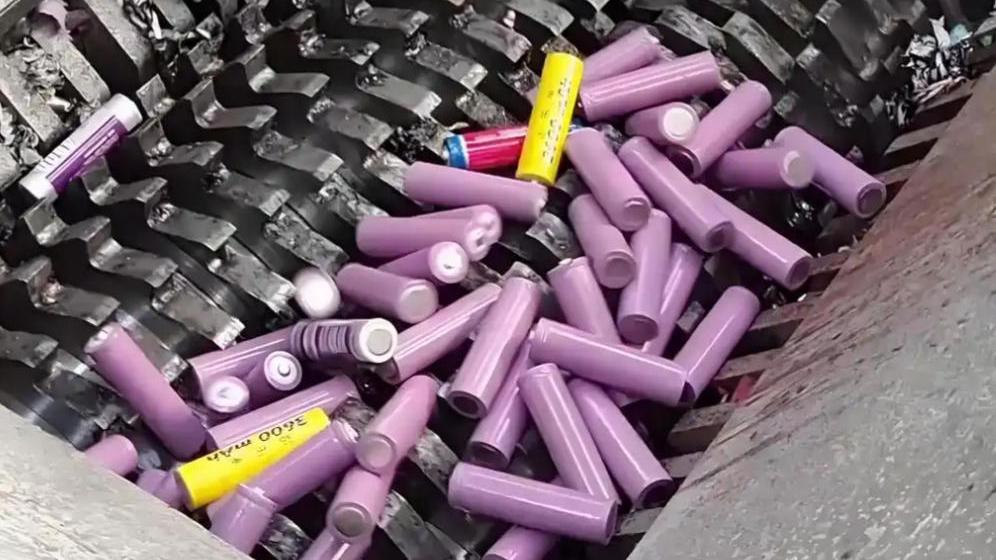Tire recycling is an essential process to reduce waste and protect the environment. Every year, millions of used tires are thrown away, taking up space in landfills and harming the planet. One of the best ways to recycle tires is through mechanical shredding, a simple and effective technology for breaking down old tires into reusable materials. In this article, we will focus on how mechanical shredding works and why it is a good option for recycling tires.
What is Mechanical Shredding?
Mechanical shredding is a process that uses powerful machines, called shredders, to cut tires into smaller pieces. These machines come in different sizes and can handle all types of tires, from car tires to large truck and industrial tires. The shredded pieces of rubber, often called crumb rubber, can then be reused for various purposes.
How Does Mechanical Shredding Work?
The process of mechanical shredding involves several steps:
- Tire Collection: Used tires are collected from different sources, including car repair shops, landfills, and tire disposal centers.
- Shredding: The tires are placed into a machine where they are shredded into smaller pieces by rotating blades. Some shredders can also remove the steel and fiber components found in tires, separating them from the rubber.
- Sorting: After shredding, the rubber pieces are sorted by size. Larger pieces may go through additional shredding until they reach the desired size.
- Reuse: The shredded rubber is then ready to be used in new products, such as playground surfaces, road asphalt, or construction materials.
Benefits of Mechanical Shredding
Mechanical shredding offers several benefits when it comes to recycling tires:
- Cost-Effective: Mechanical shredding is one of the most affordable tire recycling technologies. The machines are widely available, and the process is straightforward, which helps keep costs low.
- Versatile: The crumb rubber produced by shredding can be used in many different industries. For example, it is often mixed with asphalt for road construction or used to make rubber mats and flooring.
- Reduces Landfill Waste: By recycling tires through shredding, fewer tires end up in landfills. This helps reduce waste and protect the environment from the harmful effects of tire pollution.
Limitations of Mechanical Shredding
While mechanical shredding is a popular method for tire recycling, it does have some limitations:
- Incomplete Material Recovery: Mechanical shredding mainly focuses on breaking down the rubber. It may not fully separate steel and fiber from the tires, meaning some materials are not fully recovered.
- Limited Rubber Quality: The crumb rubber produced by shredding may not be suitable for all applications. For example, it may not meet the quality standards needed for new tire production.
Conclusion
Mechanical shredding is one of the best technologies for recycling tires due to its simplicity, cost-effectiveness, and ability to produce reusable materials. While it may not be perfect for all situations, it remains a widely used method that helps reduce tire waste and promotes sustainability. By investing in tire shredding technology, we can help protect the environment and make better use of old tires.



